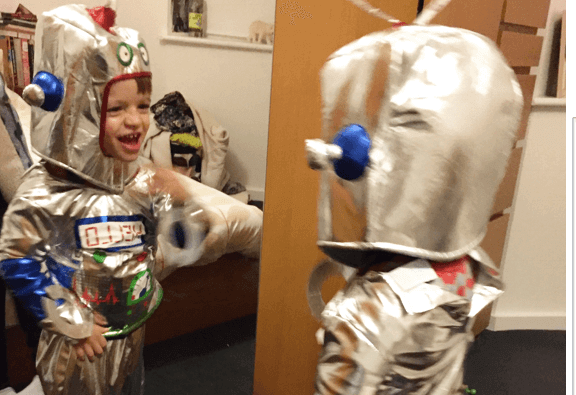What might cause us to fail in the future?
The time travelling team: how to avoid failure before it happens

Things don’t always go to plan on projects. It comes with the territory when working in an adaptive, lean and nimble way.
But how do you get precious hindsight before you’ve started a project?
We use a simple technique to map potential risks or failures at a project kickoff to set the team up for success. And it involves a little time travel.
Step into the Tardis
It’s time to grab a whiteboard and start to hypothesise some future scenarios that could be a risk for the project. List out all the assumptions you have as a team going into the project. But have this question in your mind:
So it could end up being a risk like:

Some themes worth exploring with the team:
- Scope of the project
- Stakeholders knowledge, conflict, fears or anxieties
- Decision making and sign-off
- Client organisational structure
- Resourcing and team shape
- Dependencies on either side
- Revenue and commercial implications
- Technology choices or constraints
- Gaps in our knowledge
- Audience needs and behaviours
You’ll end up with a whiteboard full of potential risks for the project.

Get out from behind the sofa
Predicting things that could go wrong in the future might seem a little scary and negative at a project kickoff, but it’s what you do next that counts. Turn this exercise from a total downer into something useful for the team, and come up with ways you could all mitigate the risks you’ve thought of.
And make them actionable.
So for a risk like:

Ways the team could mitigate this might be:
- Book time in advance to introduce ourselves and get to know them
- Document our work and process as we go
- Create and continue to update a project tumblr
- Create short videos or artefacts that are shareable and tell the story of the project to get them up to speed
Then assign these to tasks / mitigation strategies to members of the team who will take the lead for making it happen.
You’ll end up with a whiteboard that looks a little like this.

When things go a bit wibbly wobbly
It’s easy to do this activity at the beginning of a project and forget about it. Some of the mitigation strategies you’ll have listed can be put into action before the project begins, but others only really come into play when the project is up and running.
Therefore revisiting these during the project is key to make sure the team is running at it’s best.
We also maintain regular sprint retrospectives and mid-project check-ins to course correct if needed and foster an environment of continuous learning and improvement.
***
Read more time travel metaphors with The Time Travelling Designer
Continue reading
In Google Home we trust?
In a post-truth world where to ‘Confirm Humanity’ is to tick a check-box that says, ‘I am not a robot’, the machine interpretation of ‘humanity’, ‘truth’,...
The Chameleon Effect: Designing products that users can relate to
You’ve probably experienced this: Listening to someone who has a different accent than you, maybe when visiting another country or watching Goodfellas for...


